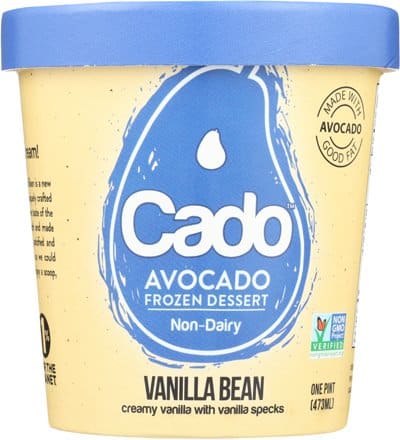How Long Does Miso Last
Miso paste is commonly used in healthy cooking and Asian recipes because of the unique Umami flavor it brings to a dish. Miso paste is usually sold in large containers but recipes only require a small amount. So unless you’re cooking up an umami storm, chances are you’re going to have miso left over!
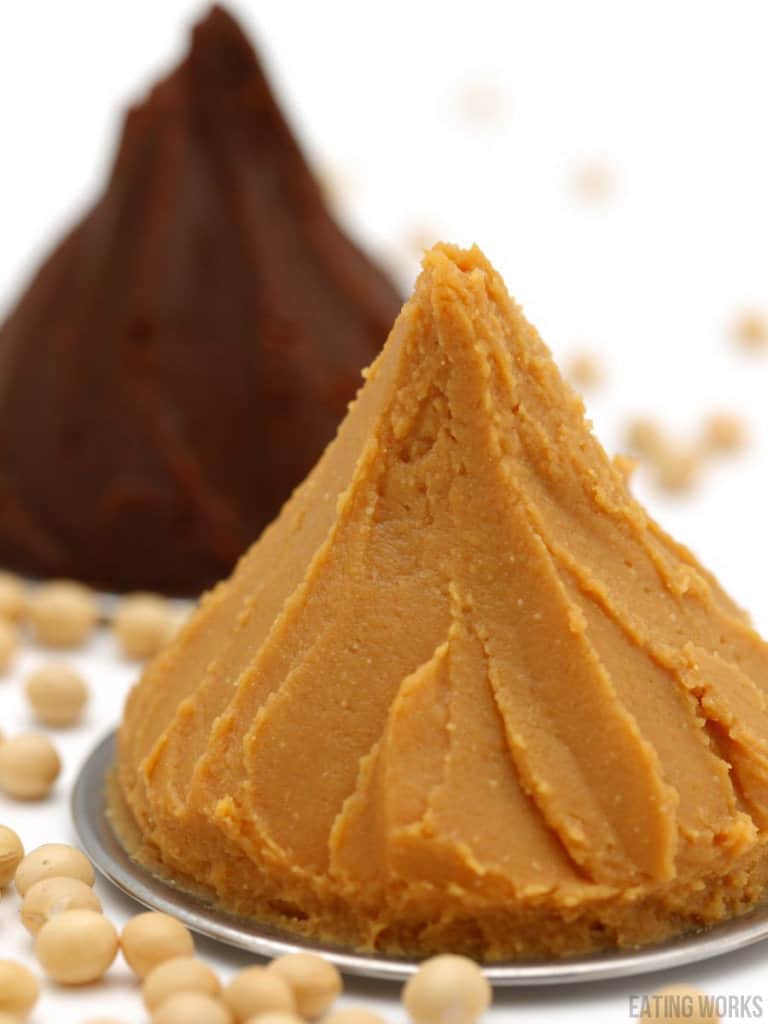
So before you chuck that old container of miso sitting in the back of your refrigerator into the bin, read this post to learn how long miso lasts, if miso goes bad and signs of spoilage.
How Long Does Miso Paste Last?
According to Great Eastern Sun the manufacturer of Miso Master Miso Paste states that miso will last for up to 18 months in the fridge. I believe this. I love Miso Master’s products and have always stored them in the fridge both opened and unopened for a very long time. I’ve even used miso past the 18 month period. Of course I always open the container to check for signs of spoilage but I don’t see any. So I don’t think miso ever really goes bad.
The Miso Will Degrade Over Time But Not Spoil
If you leave miso long enough of course you’ll see changes in the product. This doesn’t mean that the miso isn’t safe to eat. Changes in miso‘s texture and color over time are due to the naturally occurring fermentation process. Miso doesn’t stop fermenting just because you took it home!
Over time miso will:
- Dry Out
- Get Darker In Color
- Loose Sweetness
Even though miso will become more sour the older it gets that doesn’t mean it has spoiled. IF you leave it long enough the iso will dry out and turn into a rock but it won’t spoil. Of course spoilage is possible. If you cross contaminate miso paste with another product the newly introduced food product will rot in the miso. That’s why it’s important to avoid cross contamination by using a clean spoon when scooping miso paste.
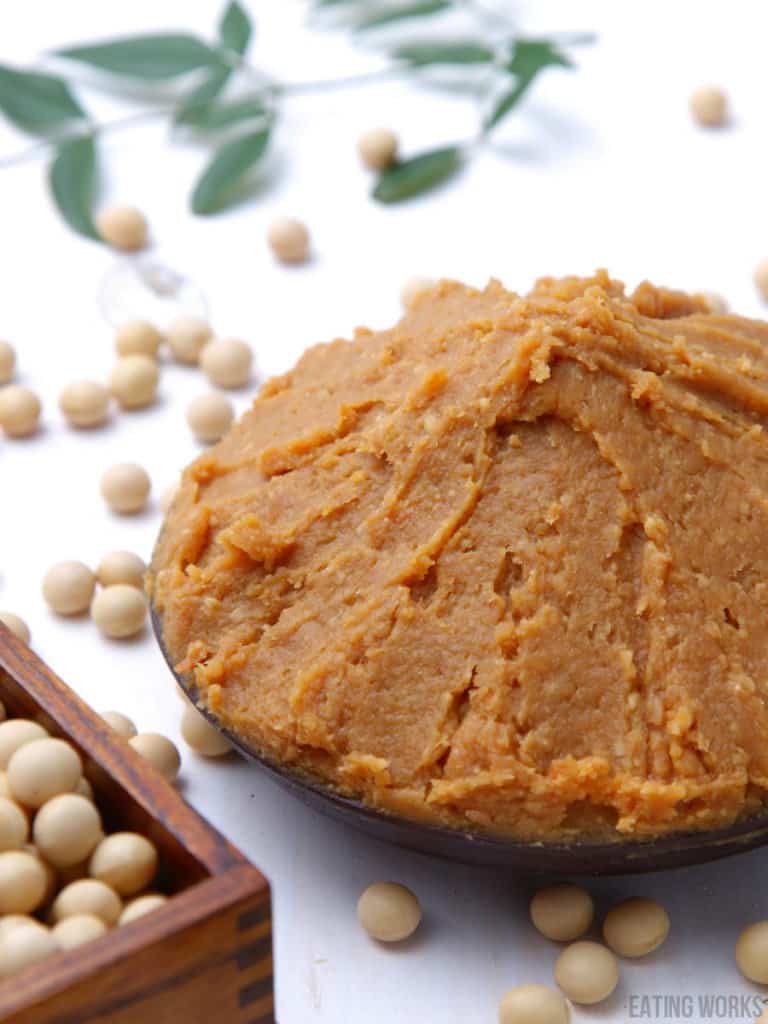
Why Does Miso Paste Last So Long?
There’s a lot of conflicting information out there about how long miso lasts and if it really ever goes bad at all. I know for a fact that miso lasts a really long time even after you open the package. Miso is a fermented food with tons of salt in it. Salt is a natural preservative.
Fermentation is a process that naturally preserves food efficiently and with little effort. Some types of food ferment more rapidly than other kinds for example miso paste ferments over the course of years while pickles can only be stored for 1 year. Fermentation slows down in cold dry climates so keeping food in the fridge will slow down the fermentation process and increase their shelf life naturally by up to 4 months.
How do you know if miso went bad?
Again I don’t think miso ever goes bad but ways you would tell if miso had gone bad would be if it has mold growing on it or tastes sour.
What Is Miso?
By Definition, miso is a fermented paste that’s made by inoculating soybeans with koji (a type of mold) that has been cultivated from rice, barley, or soybeans.
Wait a second? Rice and barley are high in carbs and not keto friendly. So how is miso keto? Since miso paste is made with a byproduct of rice and barley it’s going to be low in carbs.
Miso is predominantly used as a seasoning. For instance, miso is commonly used as an ingredient in dips, dressings and soups like miso soup! So you don’t need to use miso in large quantities because a little goes a long way. Miso paste has a strong flavor. In fact, too much miso would make your food overly salty.
For those of you who are avoiding soy you can use chickpea miso instead.
How do you store miso paste after opening?
The best way to store miso paste after you open it is in the original packaging it came in inside of the refrigerator. Some miso paste need to be refrigerated after opening while other brand say that you can keep the miso in the pantry. Keeping miso in the fridge after it has been opened will slow down the degrading process and keep the miso fresher longer.
Since miso is a fermented food product it has a high salt content and should be kept in a cool dark place. Make sure to keep it away from heat sources like the stove top.
How long can you keep opened miso paste?
You can keep miso paste for up to 18 months in the refrigerator and for up to 1 year in the pantry.
5 Signs of General Food Spoilage To Look For
Here are the four ways you can tell food is spoiled.
- Mold Growth: If mold or any type of bacterial growth is present it has gone bad. Mold starts with spores and spreads. It’s commonly found on fruits and vegetables, but mold can grow on any fresh surface. Mold can grow in hidden locations so make sure you check the bottom of the container.
- Change In Texture: If food starts to separate or get crusty its a sure sign that it’s time to chuck it in the garbage bin. Slime is one of the biggest signs that food has gone bad so if the food looks slimy get rid of it!
- Change In Color: If the hummus’ color gets darker or hardens it has gone bad.
- Sour Taste: Spoiled food tastes bitter, sour or fermented. If your hummus tastes sour its a good indication that it has gone bad. Make sure to spit it out immediately so that you don’t get food poisoning.
- Distinct Sour Smell – Fresh food doesn’t have a smell If it smells sour its best to be on the safe side and throw it out.
Please note that the change in color, mold growth and texture change are not indications that miso has spoiled but are simply signs that degradation has taken place. Miso rarely spoils since it’s a type of mold with lots of salt in it.
Storage Tips & Ideal Storage Conditions for Soybean Paste
You would store unopened miso paste the same way as opened miso. The cooler and darker the storage space is the better. Miso should be kept in an air tight container but the packaging that the paste came in originally is fine. So you can store miso in it’s unopened packaging in a cabinet, pantry or the fridge.
The refrigerator is by far the best place to store miso paste due to the low temperatures. It’s nice and cold in there. It’s also dark when the fridge light isn’t on. However most miso is stable at room temperature. Although you aren’t required to store miso paste in the fridge before it has been opened. Even some brands of opened miso paste say that they don’t need to be refrigerated after they are open.
For simple terms:
- Unopened Miso Paste can be stored in the pantry.
- Opened Miso Paste should be stored in the fridge but if it isn’t stated on the packaging it can be safely kept in the pantry.
Is Miso Keto?
Yes! Miso is O.K. for keto because it’s low in carbohydrates. It has 7 grams of carbs per two teaspoons and 3-4 grams of net carbs per serving. Not only is keto low in carbs but it’s also low in fat.
While high fat foods are recommended on a Keto Diet, eating miso soup provides the body with probiotics, and it’s free of ingredients that aren’t recommended on a Keto Diet. Miso is also low in sugar which is great because sugar intake is supposed to be limited on a Keto Diet.
Miso soup is a low fat healthy food but if you’re on a Keto Diet make sure to pair it with healthy fats like avocado or fish.
Is Miso Gluten Free?
What Can You Make With Miso?
Miso is used as an ingredient in traditional Japanese cuisine and is sold in Asian grocery stores. This paste has a salty taste similar to soy sauce known as umami taste. The finest quality miso has a slightly sweet taste. But over all miso has a salty taste that lends itself well to savory dishes. A bit of miso goes a long way to flavor salad dressings, soups, vegetable dishes. I use mellow white miso in my favorite Japanese miso soup recipe.
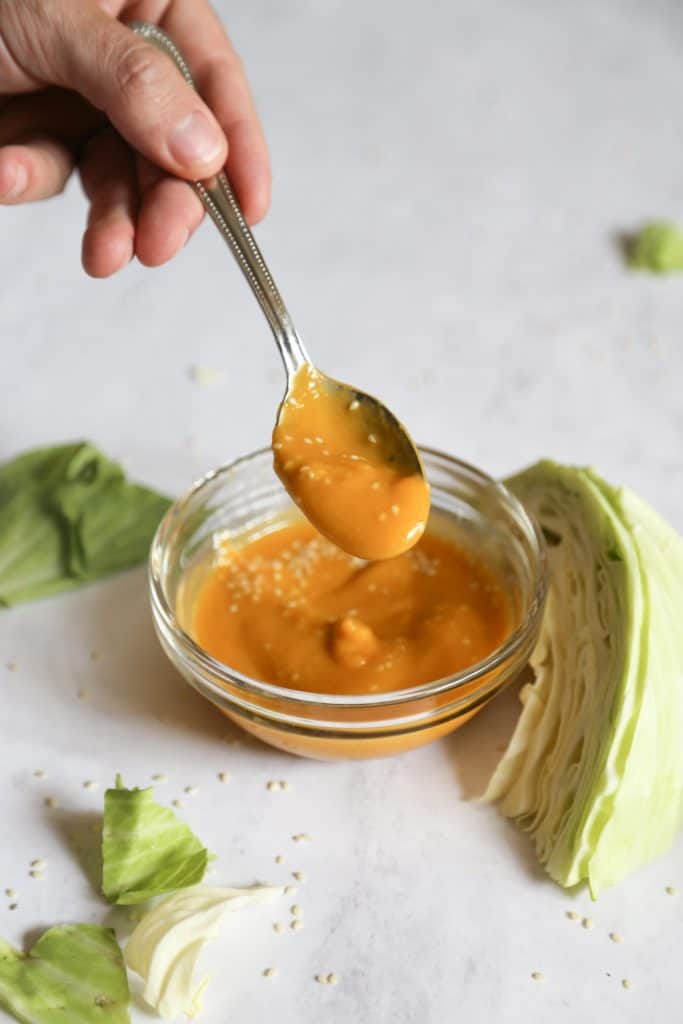



- Vegan Pine Nut Ricotta Cheese
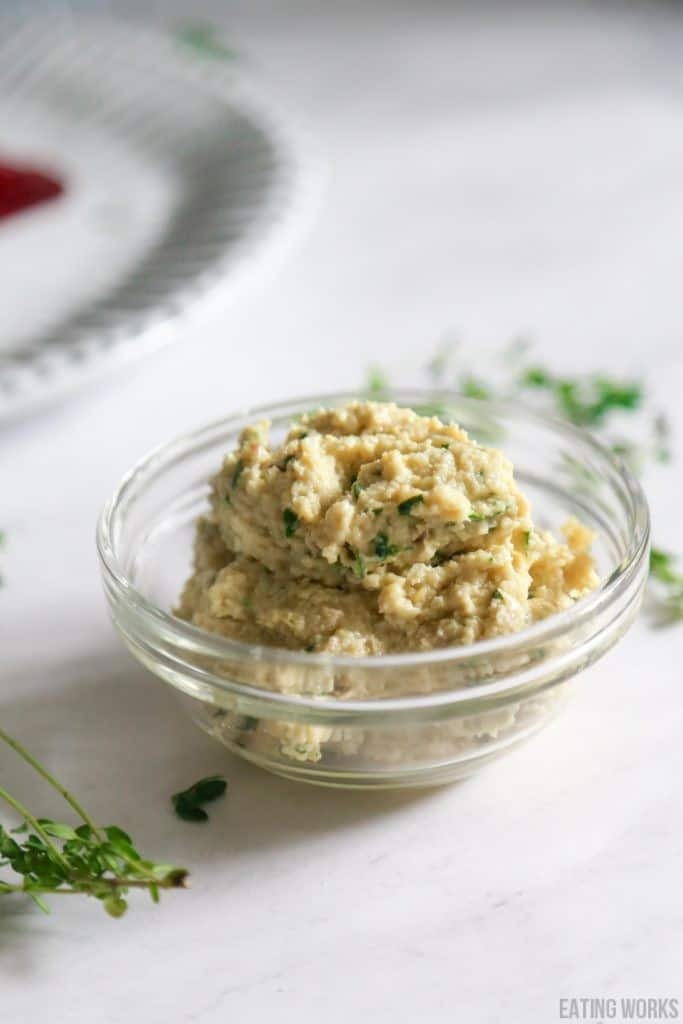
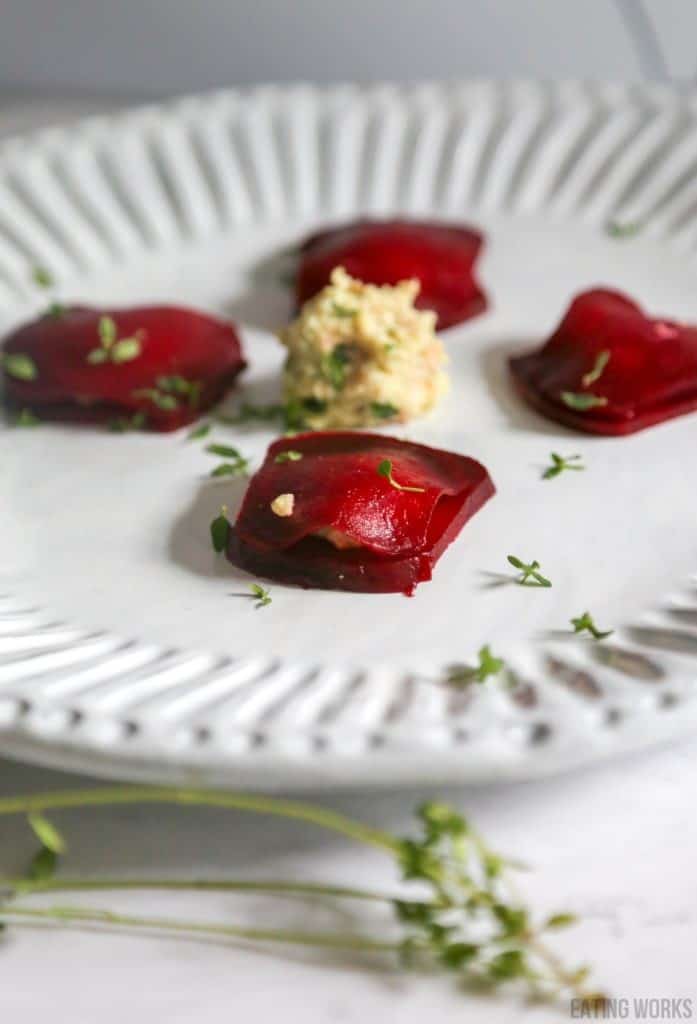
Types Of Miso Paste
There are many different types of miso paste. Each one has a slightly different taste and is made differently. Here are a list of some of the most popular Japanese miso that you can buy.
- Red Miso Paste
- Awase Miso
- Shiro Miso
- Kome Miso
- Rice Miso
- Chickpea Miso
- Yellow Miso
- Light Miso
- White Miso Paste
Is Miso Good For Gut Health
Yes, the good news is that miso paste is a great food for gut health. Since miso is a fermented food product it’s a good source of probiotics.
Google web story!

FREE 7 Day Gluten Free Meal Plan
A meal plan designed to jump start whole body healing and support digestive health……
…And get the latest recipes!





